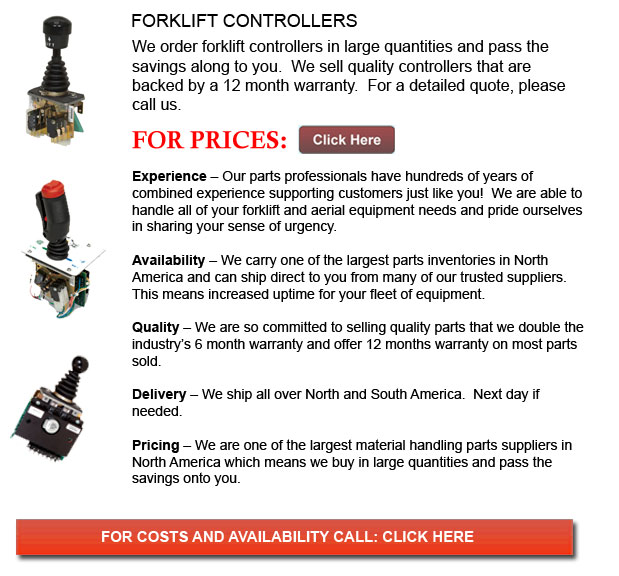
Forklift Controller - Lift trucks are accessible in several other units which have varying load capacities. The majority of average lift trucks used in warehouse environment have load capacities of one to five tons. Bigger scale units are used for heavier loads, like loading shipping containers, could have up to 50 tons lift capacity.
The operator can use a control to be able to lower and raise the tines, which could also be referred to as "blades or tines". The operator of the lift truck could tilt the mast to be able to compensate for a heavy loads tendency to tilt the tines downward. Tilt provides an ability to operate on uneven surface also. There are annual contests for skillful lift truck operators to compete in timed challenges and obstacle courses at regional forklift rodeo events.
All forklifts are rated for safety. There is a specific load maximum and a specified forward center of gravity. This essential info is supplied by the manufacturer and situated on the nameplate. It is important loads do not go beyond these specifications. It is prohibited in lots of jurisdictions to interfere with or remove the nameplate without getting permission from the lift truck manufacturer.
Most forklifts have rear-wheel steering to be able to increase maneuverability. This is particularly effective within confined spaces and tight cornering spaces. This particular kind of steering differs quite a bit from a driver's first experience along with other vehicles. In view of the fact that there is no caster action while steering, it is no essential to apply steering force so as to maintain a constant rate of turn.
Unsteadiness is another unique characteristic of lift truck operation. A constantly varying centre of gravity takes place with each and every movement of the load amid the forklift and the load and they should be considered a unit during utilization. A lift truck with a raised load has gravitational and centrifugal forces which may converge to cause a disastrous tipping mishap. So as to avoid this from happening, a forklift must never negotiate a turn at speed with its load elevated.
Lift trucks are carefully made with a particular load limit intended for the forks with the limit lessening with undercutting of the load. This means that the freight does not butt against the fork "L" and will lower with the elevation of the tine. Generally, a loading plate to consult for loading reference is positioned on the forklift. It is dangerous to use a lift truck as a worker lift without first fitting it with specific safety tools such as a "cherry picker" or "cage."
Lift truck utilize in warehouse and distribution centers
Forklifts are an important part of distribution centers and warehouses. It is important that the work situation they are situated in is designed to accommodate their efficient and safe movement. With Drive-In/Drive-Thru Racking, a forklift must go in a storage bay which is many pallet positions deep to put down or get a pallet. Operators are normally guided into the bay through rails on the floor and the pallet is placed on cantilevered arms or rails. These tight manoeuvres require trained operators to be able to do the job safely and efficiently. As each pallet requires the truck to enter the storage structure, damage done here is more common than with various types of storage. Whenever designing a drive-in system, considering the size of the tine truck, including overall width and mast width, have to be well thought out so as to guarantee all aspects of a safe and effective storage facility.
![]() Click to Download the pdf
Click to Download the pdf
Forklift Parts
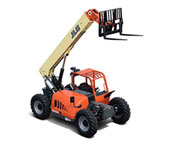
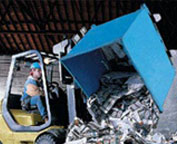
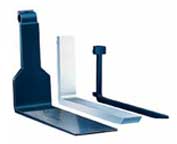
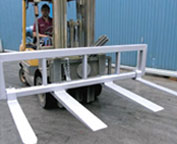
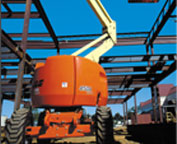
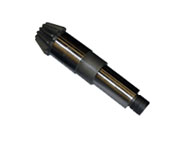
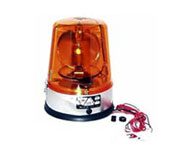
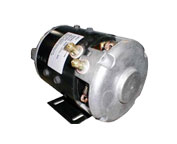
Lift Parts Express
TOLL FREE: 1-888-695-7994
Tulsa, Oklahoma
forkliftpartstulsa.com
Email Us
About Us


